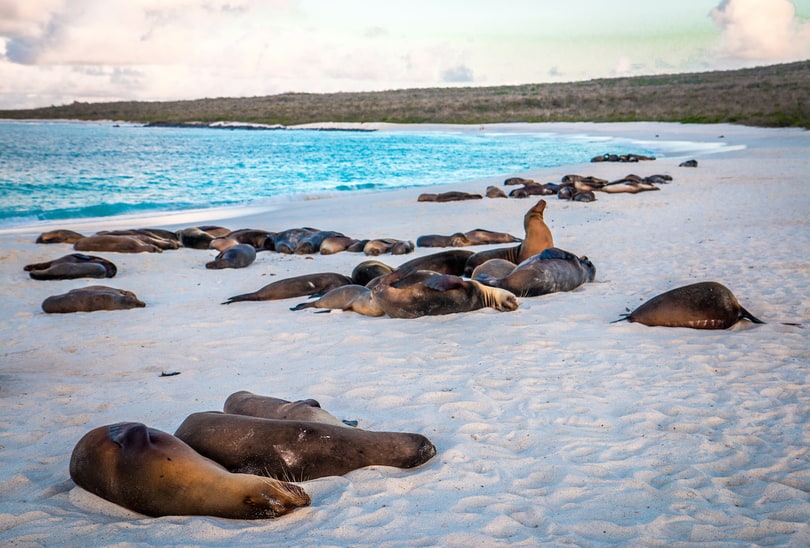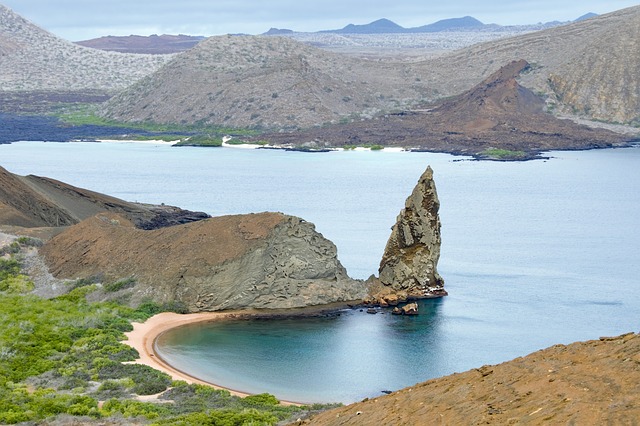In Anatolia, sulle orme dei Laz
(italian and english version)
Proprio per la sua vastità non è facile raccontare l’Anatolia in poche pagine questa regione così ricca di storia, cultura e paesaggi diversi tra loro. Pertanto scegliamo un singolo itinerario, diverso dai percorsi consueto e lontano dalle mete turistiche più battute. Un viaggio all’interno di un popolo, i Laz, il popolo antico, alla scoperta dei suoi usi, costumi e tradizioni. L’etnia Laz vive nelle valli comprese tra le città di Rize e Trabzon e ancora oggi parla la lingua laz che è un idioma molto particolare in quanto è solo parlata e non scritta. Per questo molte sue tradizioni sono andate perdute negli anni e le informazioni e le notizie che si hanno sono arrivate a noi oralmente.
Per conoscere il particolare mondo dei Laz non c’è cosa migliore che assistere a uno dei festival che si tengono nel corso dell’anno vicino a Rize. È in questa occasione infatti che si può ascoltare la musica lazuri nata dall’uso di alcuni strumenti come il guda, il kemenche, lo zurna, il doli. L’insieme di questi strumenti, simili rispettivamente al nostro tamburello, oboe e violino, dà vita a suoni inconfondibili e molto particolari. Anche i costumi tradizionali sono particolari e bellissimi: le donne indossano scialli molto colorati a righe rosse e marrone, gli uomini sono quasi sempre vestiti di nero. All’interno di questo popolo antico ancora oggi sono molto rispettate le tradizioni e l’uomo è considerato il capofamiglia a tutti gli effetti.
Ma vediamo come organizzare il nostro viaggio per vedere da vicino il mondo dei Laz.
Proponiamo un itinerario lungo la costa del Mar Nero, da Istanbul, nella Tracia, ai Monti del Kaçkar.
L’itinerario parte dal cuore della città vecchia della capitale turca, Istanbul. Una magica città con moschee di bellezza mozzafiato, come la Moschea del Sultano Ahmet, conosciuta come la Moschea Blu (Torun Sokak 19; https://www.istanbulturchia.it/moschea-blu/; ingresso vietato durante la preghiera) chiamata così per le maioliche che rivestono le pareti e la cupola, il miglior esempio di arte islamica. Con i suoi alti minareti, ve ne sono ben 6, la moschea domina l’intera città. L’interno è ricco di decorazione e i colori utilizzati sono il bianco, il rosso, il nero e il blu e la luce che penetra dalle finestre crea un’atmosfera che ricorda Le Mille e una Notte – Aladino e Sherazade. Bellissima anche la loggia imperiale che poteva essere raggiunta dal sultano a cavallo.
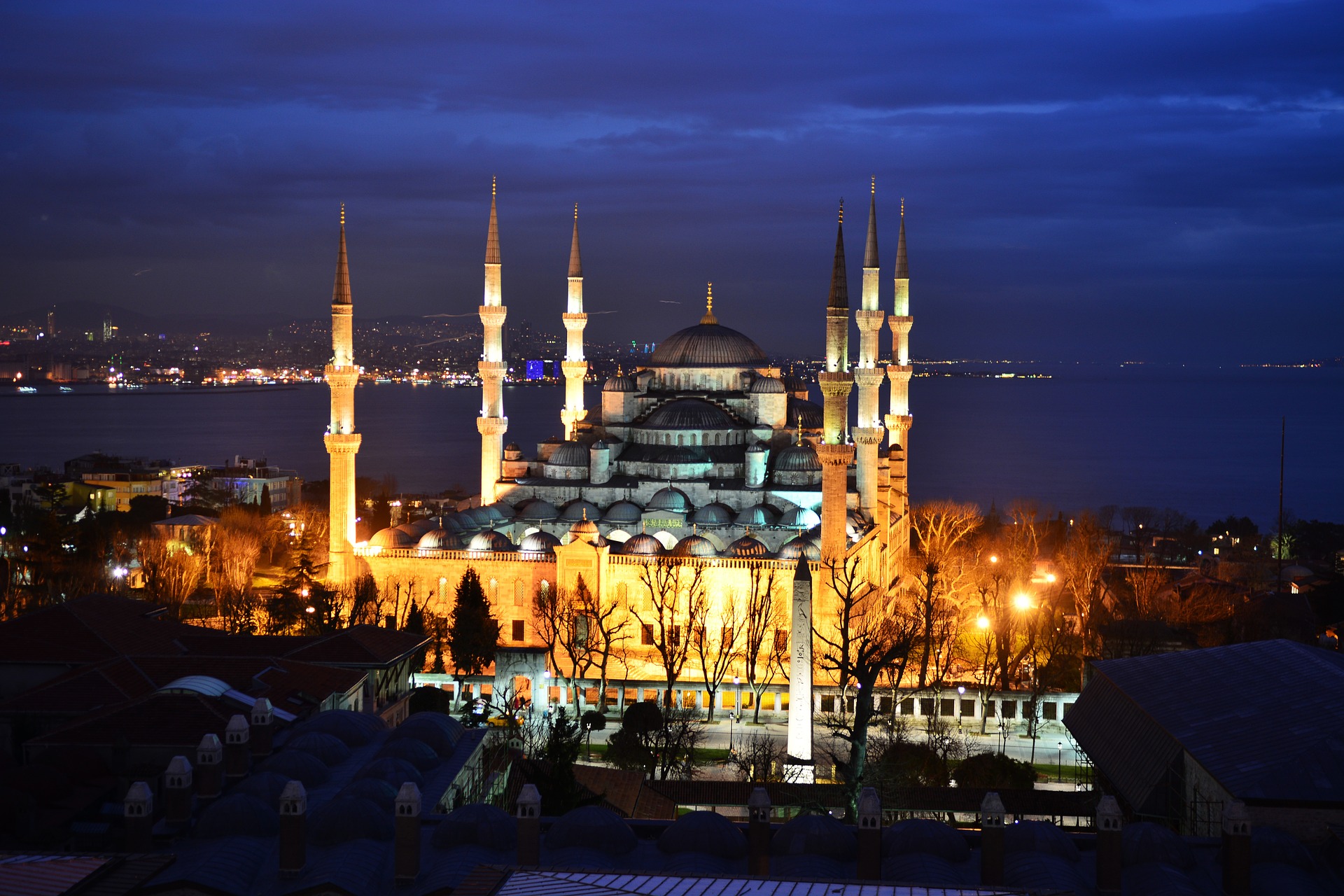
Un altro capolavoro architettonico è Palazzo Topkapi ( www.topkapisarayi.gov.tr) che fu la residenza imperiale dal regno del sultano Maometto II fino a quello di Mahmut II. Dal 1924 il complesso è diventato museo per permettere al mondo intero di ammirarne la magnificenza. Per accedere al serraglio si passa la porta chiamata Ortakapi che significa “porta di mezzo”. Ai lati svettano due torri ottagonali. È qui che alloggiavano le guardie e i carnefici ed è qui che si trovavano le celle dei condannati a morte. Questa porta permette di accedere nella seconda corte detta “Piazza del Divano”, circondata da alti cipressi. Sulla destra rispetto all’ingresso si trovano le cucine che all’epoca ospitavano circa 1.100 persone addette a preparare i pasti. Pensate che il sultano mangiava solo dopo che il suo piatto era stato assaggiato da 5 persone. Di fronte alle cucine si possono ammirare bellissimi gioielli dell’epoca nonché cristalleria di Boemia. Al termine della seconda corte si apre la porta della felicità (Bab-i-Saadet) riservata all’uso privato del sultano. Troviamo poi la sala delle udienze, un piccolo padiglione utilizzato per ricevere i vari ambasciatori. Ed eccoci alla parte sicuramente più interessante del Serraglio una zona che custodisce i gioielli e molti oggetti preziosi. Anche la Sala degli Smeraldi vi lascerà sbalorditi per lo sfarzo e l’opulenza voluta dai sultani. Nella quarta corte troverete i chioschi imperiali. Non perdetevi la visita all’harem che tradotto dall’arabo significa “cosa vietata”. Qui poteva entrare solo il sultano per trovarvi all’interno le mogli e le concubine. Questa è una piccolissima parte di ciò che offre questo splendido palazzo; per visitarlo in toto potrebbero volerci giorni.
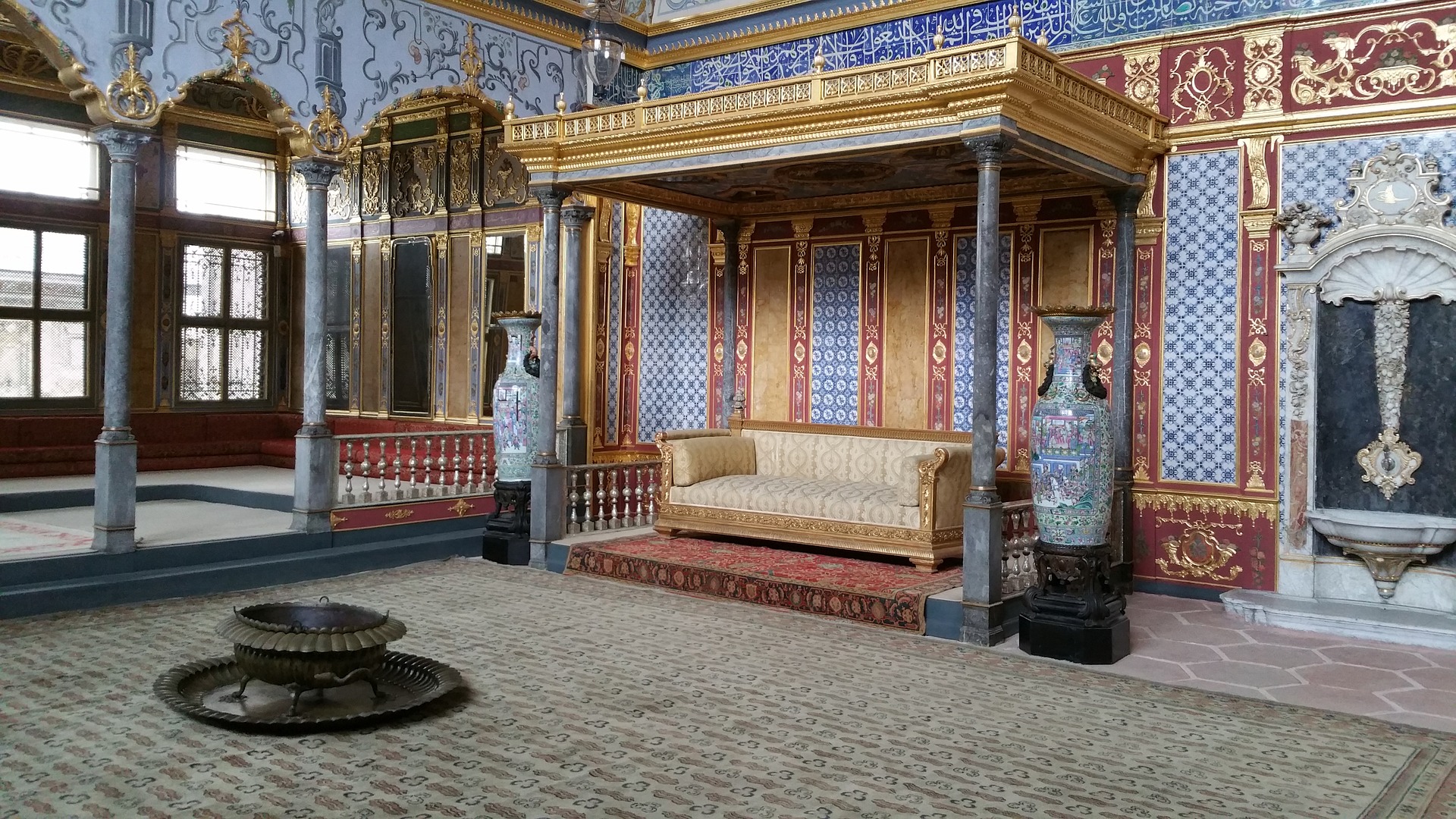
Un’altra moschea molto bella è la Moschea di Solimano il Magnifico con le grandi vetrate istoriate e una nicchia che indica la direzione della Mecca.
Per molti è la più bella e lo era anche per Solimano il Magnifico tanto che una leggenda narra che quando quest’ultimo vide la sua moschea completata disse all’architetto Sinan: “Non verrò ricordato in futuro per le tantissime conquiste che ho realizzato ma per questa moschea”
Vicino non perdetevi una lunga visita ai bazar, luoghi caratteristici di Istanbul. In particolare il Gran Bazar (Kapali Carsi): 4.000 negozi e bancarelle dove sarà facile acquistare souvenir per gli amici. Se invece volete perdervi tra gli odori delle spezie potete visitare il Bazar delle spezie (Misis Carsisi) o gli amanti dei libri antichi possono fare un salto al Bazar dei Libri Antichi.

La città vecchia è separata dalla Istanbul moderna, concentrata nel quartiere di Beyoglu, dal Ponte di Galata, il ponte più famoso di Istanbul.
Proseguiamo ora da Istanbul verso est lungo la statale costiera per ammirare due bellissime località Amasra, cittadina portuale molto tranquilla e poco frequentata dai turisti e pertanto intatta. Qualche ora è più che sufficiente per vedere alcune tra le sue principali bellezze come il porto grande, il porto piccolo, la cittadella con le vestigia bizantine.
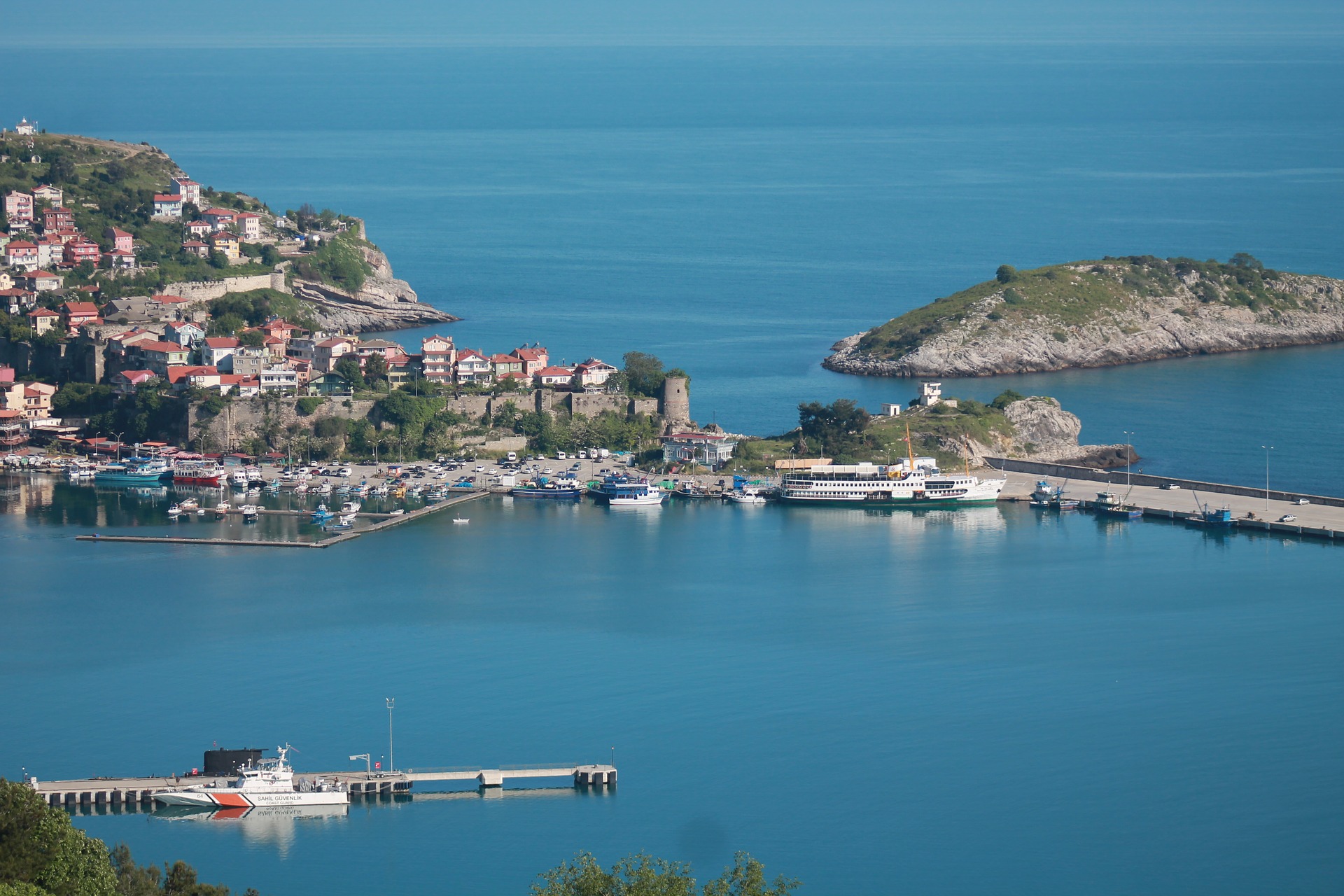
Ripresa la strada si prosegue per Sinop altra caratteristica località. Ciò che vi colpirà però sarà il tratto di strada per raggiungerla in quanto si snoda tra alture a picco sul mare e promontori. Belle anche le spiagge e calette che si incontrano e dove è possibile fermarsi per un meritato riposo dopo tante ore di viaggio.
Arrivati a Sinop vi troverete sbalzati in un’atmosfera frizzante. Ammirate le mura che circondano la cittadina, concedetevi una lunga passeggiata e godetevi gli splendidi scorci. Fate visita alla prigione dove sono state girate molte scene del film “Fuga di mezzanotte”. Anche i dintorni della zona meritano una visita e molti sono i posti che organizzano escursioni.
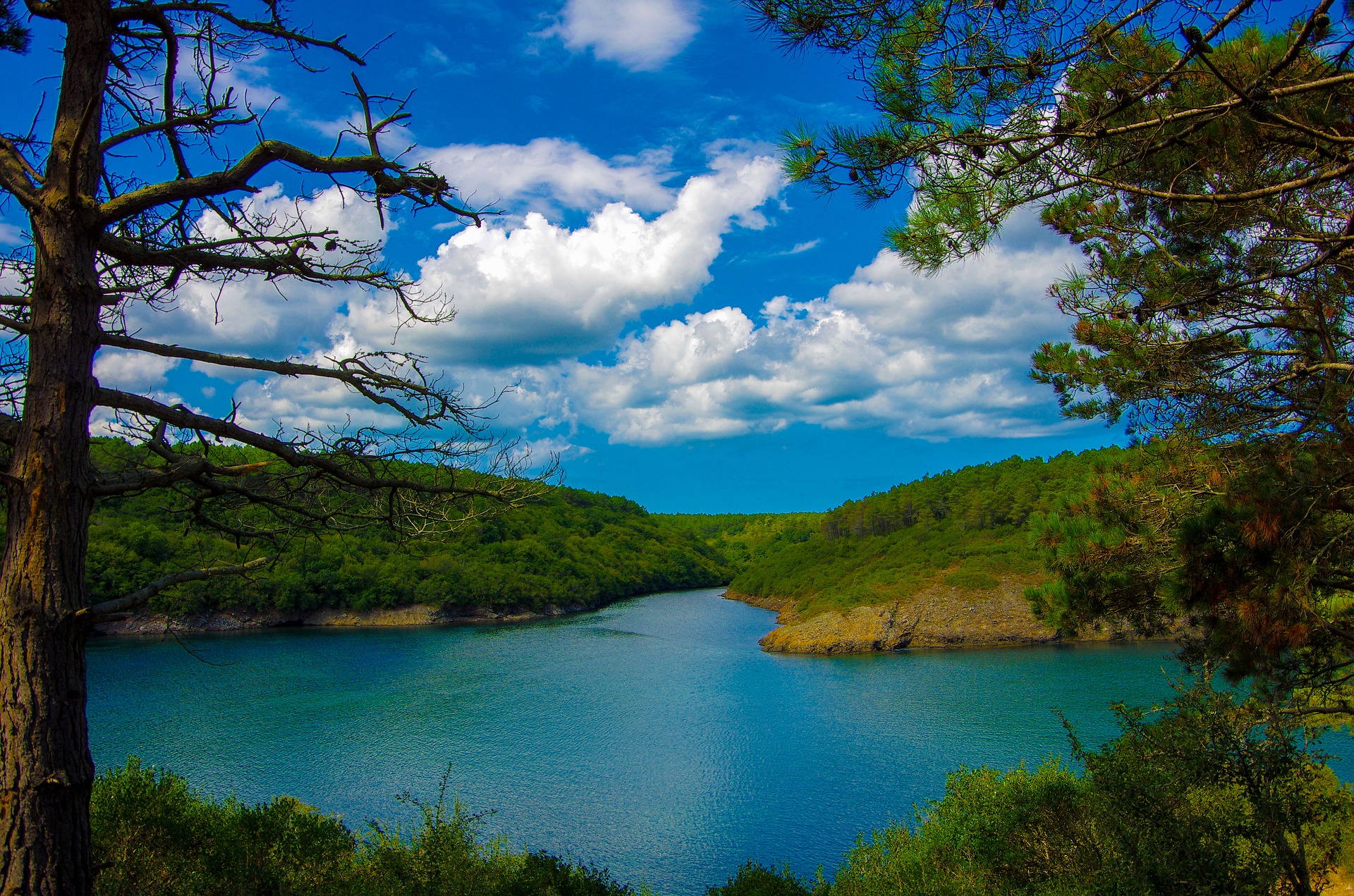
Proseguendo per altri 168 km circa si raggiunge Samsun, considerata una delle città turche più moderne. Qui noterete vari aspetti antichi, orientali e moderni. Molte le spiagge sabbiose dove vengono organizzati eventi. Si trova in una posizione particolare tra le foci del Fiume Rosso e il Fiume Verde.
Riprendete l’auto e godetevi i paesaggi spettacolari che regala la strada costiera: sono paesaggi unici nel loro genere. Fate tappa a Ordu perché ha un lungomare circondato da palme e un centro con viuzze strette e tortuose molto caratteristiche. Godetevi un giro sulla funivia per ammirare il paesaggio. Nel centro storico visitate il palazzo del Pasha e il Museo Archeologico. Ripercorrete altri 40 km e vi troverete a Giresum che, tradotto dal greco, significa ciliegia. Strano vero? Qui si coltivano nocciole. Concedetevi un bagno nelle fresche acque del Mar Nero e una rilassante e romantica passeggiata nel parco sulla collina. Lo spettacolo del panorama che ammirerete vi regalerà grandi emozioni.
L’itinerario riprende in direzione di Trabzon una città costiera cosmopolita se pur storica. Visitate la chiesa medievale di Aya Sofya. A ovest del centro visitate il pittoresco quartiere dei bazar. Non perdetevi il porto è uno dei più vivaci e attivi della parte orientale, grazie al commercio con la Georgia, l’Iran e l’Armenia. Il porto si sviluppa a est della piazza principale dove si concentrano caffè e ristoranti.

Percorrete circa 50 km per raggiungere il monastero greco ortodosso dedicato alla vergine Maria: è stato fondato in epoca bizantina, è un luogo imperdibile, un vero gioiello del Mar Nero. Il monastero si trova su un dirupo a strapiombo sulla valle dell’Altindere, a 1.200 mt. di altitudine. Il percorso è meraviglioso con scenari naturali ricchi di fascino.
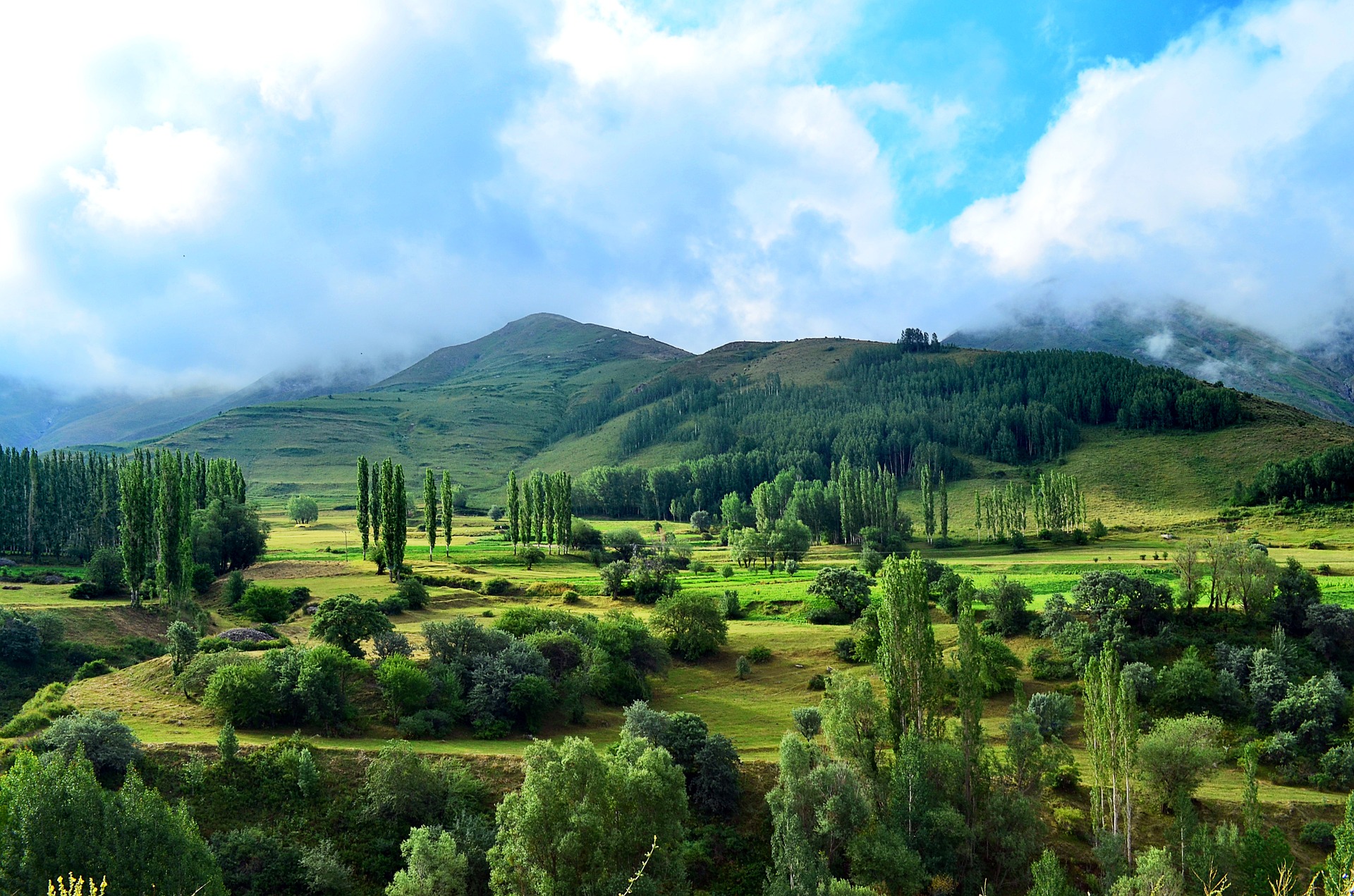
Ed eccoci all’ultima tappa del nostro itinerario lungo la costa del Mar Nero che conduce nell’Anatolia nord orientale. Percorrendo la E97 raggiungerete Rize nel cuore delle piantagioni di tè ed è l’ultimo avamposto dell’etnia dei Laz. I laz sono conosciuti come “popolo di pescatori” dai turchi ma in realtà sono grandi coltivatori di tè e mais. Sono stati anche grandi produttori di nocciole passando poi, con l’avvento e l’introduzione di varie culture, alla coltivazione del tè molto più redditizia e richiesta.
Interessante la visita alla fabbrica del tè nella quale si trova anche una sala dove degustare i vari infusi preparati secondo tradizione. In città anche un museo che vi permetterà di conoscere la cultura e le tradizioni di questo popolo.
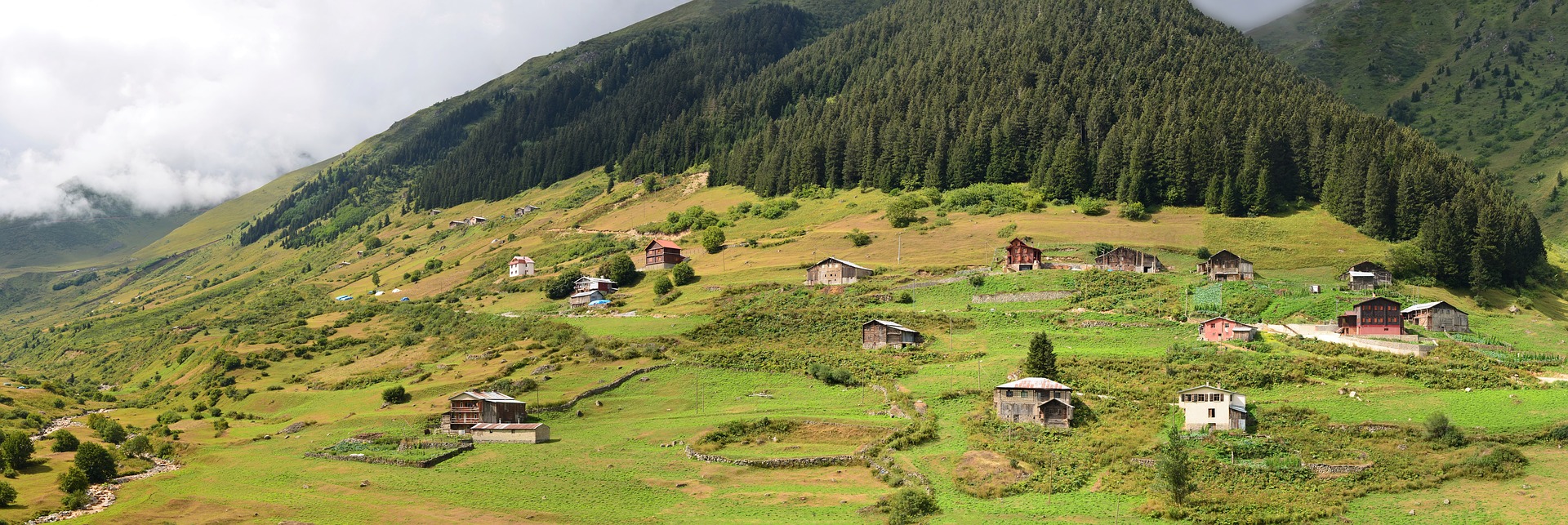
Abbandonata Rize e la strada costiera ci si addentra tra le valli dei Monti del Kaçkar. Uno spettacolo! Le valli sono caratterizzate da foreste, pascoli e altopiani che lentamente salgono sino a raggiungere i 2.000 metri. A 3.900 metri svetta la cima più alta, il Monte Kaçkar ricoperto perennemente di neve e per questo rinomata località sciistica.
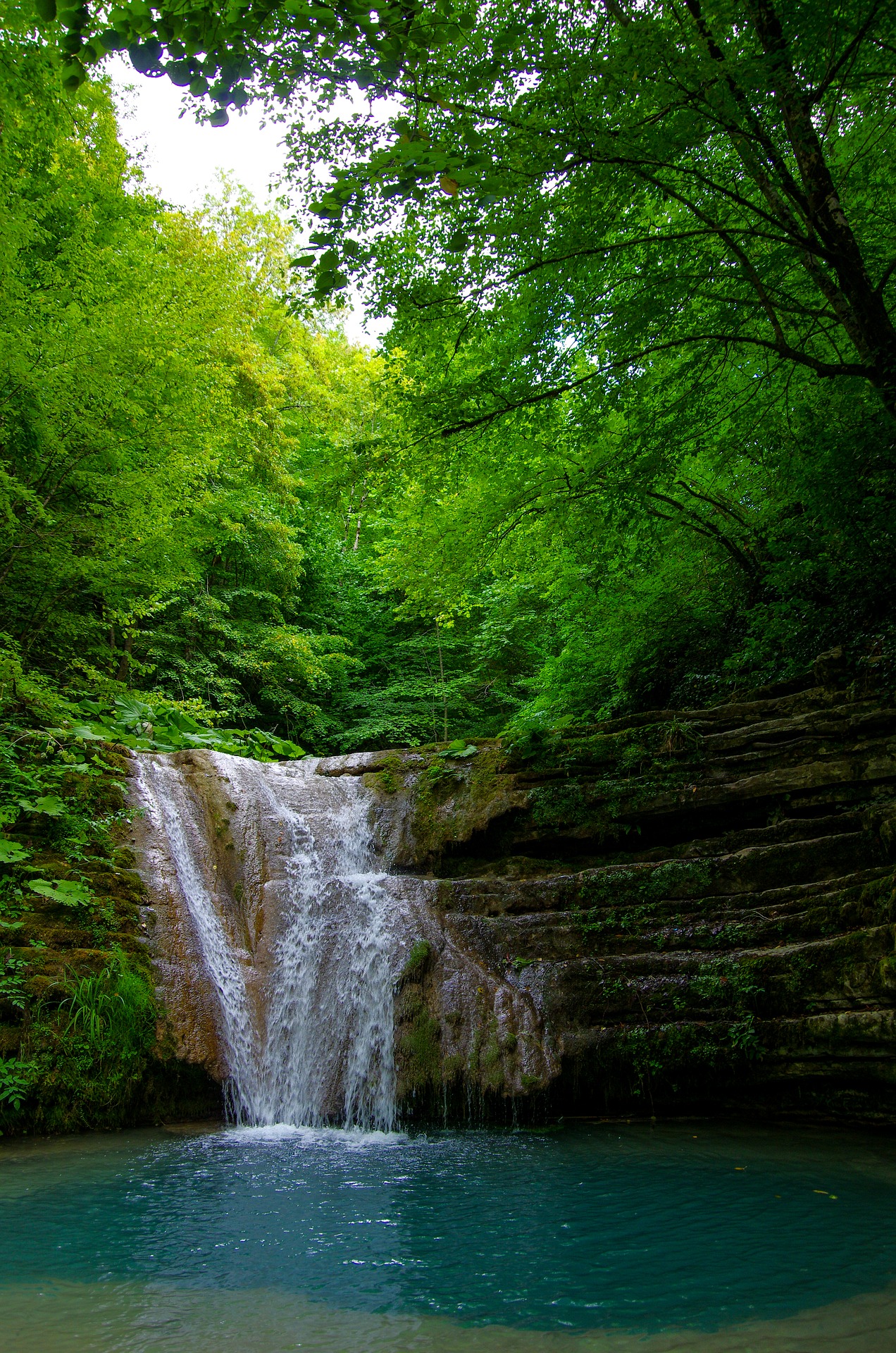
Finisce qui il nostro viaggio. Un viaggio ricco di storia e testimonianze e una natura a dir poco spettacolare.
>> CLICK THE NEXT PAGE FOR THE ENGLISH VERSION
Because of its vastness, it is not easy to describe Anatolia in a few pages, this region so rich in history, culture and diverse landscapes. We therefore choose a single itinerary, different from the usual routes and far from the most beaten tourist destinations. A journey inside a people, the Laz, the ancient people, to discover their customs, habits and traditions. The Laz ethnic group lives in the valleys between the cities of Rize and Trabzon and still speaks the Laz language, which is a very special idiom in that it is only spoken and not written. For this reason, many of its traditions have been lost over the years and the information and news that is available has come down to us orally.
To get to know the special world of the Laz, there is no better way than to attend one of the festivals held throughout the year near Rize. It is on this occasion that one can listen to the Lazuri music born from the use of certain instruments such as the guda, kemenche, zurna and doli. The combination of these instruments, similar respectively to our tambourine, oboe and violin, gives rise to unmistakable and very special sounds. The traditional costumes are also distinctive and beautiful: the women wear very colourful red and brown striped shawls, the men are almost always dressed in black. Within this ancient people, traditions are still highly respected and the man is considered the head of the family to all intents and purposes.
But let’s see how we can organise our trip to see the world of the Laz up close.
We propose an itinerary along the Black Sea coast, from Istanbul in Thrace to the Kaçkar Mountains.
The itinerary starts in the heart of the old city of the Turkish capital, Istanbul. It is a magical city with breathtakingly beautiful mosques, such as the Sultan Ahmet Mosque, known as the Blue Mosque (Torun Sokak 19; https://www.istanbulturchia.it/moschea-blu/; entrance forbidden during prayer), so called because of the majolica tiles lining its walls and dome, the finest example of Islamic art. With its tall minarets, of which there are no fewer than six, the mosque dominates the entire city. The interior is richly decorated and the colours used are white, red, black and blue, and the light penetrating through the windows creates an atmosphere reminiscent of The Thousand and One Nights – Aladdin and Sherazade. Also beautiful is the imperial loggia that could be reached by the sultan on horseback.

Another architectural masterpiece is Topkapi Palace ( www.topkapisarayi.gov.tr), which was the imperial residence from the reign of Sultan Muhammad II until that of Mahmut II. Since 1924, the complex has become a museum so that the whole world can admire its magnificence. To enter the menagerie one passes through the gate called Ortakapi, which means ‘middle gate’. On either side stand two octagonal towers. This is where the guards and executioners were housed and where the cells of those sentenced to death were located. This gate leads into the second courtyard known as the ‘Piazza del Divano’, surrounded by tall cypress trees. To the right of the entrance are the kitchens, which at the time housed around 1,100 people preparing meals. Think that the sultan would only eat after his dish had been tasted by five people. In front of the kitchens, one can admire beautiful jewellery of the period as well as Bohemian glassware. At the end of the second court is the door of happiness (Bab-i-Saadet) reserved for the sultan’s private use.
We then find the audience hall, a small pavilion used to receive the various ambassadors. And here we come to the definitely most interesting part of the Seraglio, an area that holds the jewels and many precious objects. The Emerald Hall will also leave you stunned at the opulence and opulence desired by the sultans. In the fourth court you will find the imperial kiosks. Don’t miss a visit to the harem, which translated from Arabic means ‘forbidden thing’. Only the sultan could enter here to find his wives and concubines inside. This is a very small part of what this splendid palace offers; to visit it in its entirety could take days.

Another very beautiful mosque is the Mosque of Suleiman the Magnificent with its large stained glass windows and a niche pointing in the direction of Mecca.
For many, it is the most beautiful and was also so for Suleiman the Magnificent that legend has it that when he saw his completed mosque, he said to the architect Sinan: “I will not be remembered in the future for the many achievements I made but for this mosque”.
Nearby, don’t miss a long visit to the bazaars, Istanbul’s characteristic places. In particular the Grand Bazaar (Kapali Carsi): 4,000 shops and stalls where it will be easy to buy souvenirs for friends. If, on the other hand, you want to lose yourself in the smells of spices, you can visit the Spice Bazaar (Misis Carsisi) or lovers of antique books can pop into the Antique Book Bazaar.

The old city is separated from modern Istanbul, concentrated in the Beyoglu district, by the Galata Bridge, Istanbul’s most famous bridge.
We now continue from Istanbul eastwards along the coastal highway to admire two beautiful locations Amasra, a very quiet port town with few tourists and therefore untouched. A few hours is more than enough time to see some of its main sights such as the large port, the small port, and the citadel with its Byzantine remains.

Back on the road, we continue on to Sinop, another characteristic locality. What will strike you, however, is the stretch of road to reach it as it winds between sheer cliffs and promontories. There are also beautiful beaches and coves where you can stop for a well-deserved rest after so many hours of travelling.
Upon arriving in Sinop, you will find yourself thrown into a buzzing atmosphere. Admire the walls surrounding the town, take a long walk and enjoy the beautiful views. Pay a visit to the prison where many scenes from the film ‘Midnight Escape’ were filmed. The surrounding area is also worth a visit and there are many places that organise excursions.

Continuing on for another 168 km or so, you reach Samsun, considered one of Turkey’s most modern cities. Here you will notice various ancient, oriental and modern aspects. There are many sandy beaches where events are organised. It has a special location between the mouths of the Red River and the Green River.
Take the car back and enjoy the spectacular landscapes along the coastal road. Stop off in Ordu because it has a promenade surrounded by palm trees and a centre with narrow, winding streets that are very characteristic. Enjoy a ride on the cable car to admire the scenery. In the old town, visit the Pasha Palace and the Archaeological Museum. Travel another 40 km and you will find yourself in Giresum, which, translated from Greek, means cherry. Strange isn’t it? Hazelnuts are cultivated here. Treat yourself to a swim in the cool waters of the Black Sea and a relaxing, romantic walk in the park on the hill. The spectacle of the panorama you will admire will give you great emotions.
The itinerary resumes in the direction of Trabzon, a cosmopolitan if historic coastal city. Visit the medieval church of Aya Sofya. West of the centre visit the picturesque bazaar quarter. Don’t miss the port, one of the liveliest and most active in the east, trading with Georgia, Iran and Armenia. The harbour extends east of the main square where cafes and restaurants are concentrated.

Drive about 50 km to reach the Greek Orthodox monastery dedicated to the Virgin Mary: founded in Byzantine times, it is a must-see, a real Black Sea jewel. The monastery is located on a cliff overlooking the Altindere valley, at an altitude of 1,200 metres. The route is wonderful with fascinating natural scenery.

And here we come to the last stage of our itinerary along the Black Sea coast leading into north-eastern Anatolia. Travelling along the E97 you reach Rize in the heart of the tea plantations and the last outpost of the Laz ethnic group. The Laz are known as the ‘fishing people’ by the Turks but in reality they are great tea and maize growers. They were also great producers of hazelnuts and then, with the advent and introduction of various cultures, switched to the much more profitable and in-demand cultivation of tea.
Interesting is a visit to the tea factory in which there is also a room where you can taste the various infusions prepared according to tradition. There is also a museum in the town that will give you an insight into the culture and traditions of this people.

After leaving Rize and the coastal road, you enter the valleys of the Kaçkar Mountains. A spectacle! The valleys are characterised by forests, pastures and plateaus that slowly rise to 2,000 metres. At 3,900 metres, the highest peak towers, Mount Kaçkar, perpetually covered in snow and therefore a popular ski resort.

This is where our journey ends. A journey rich in history and testimonies and spectacular nature, to say the least.
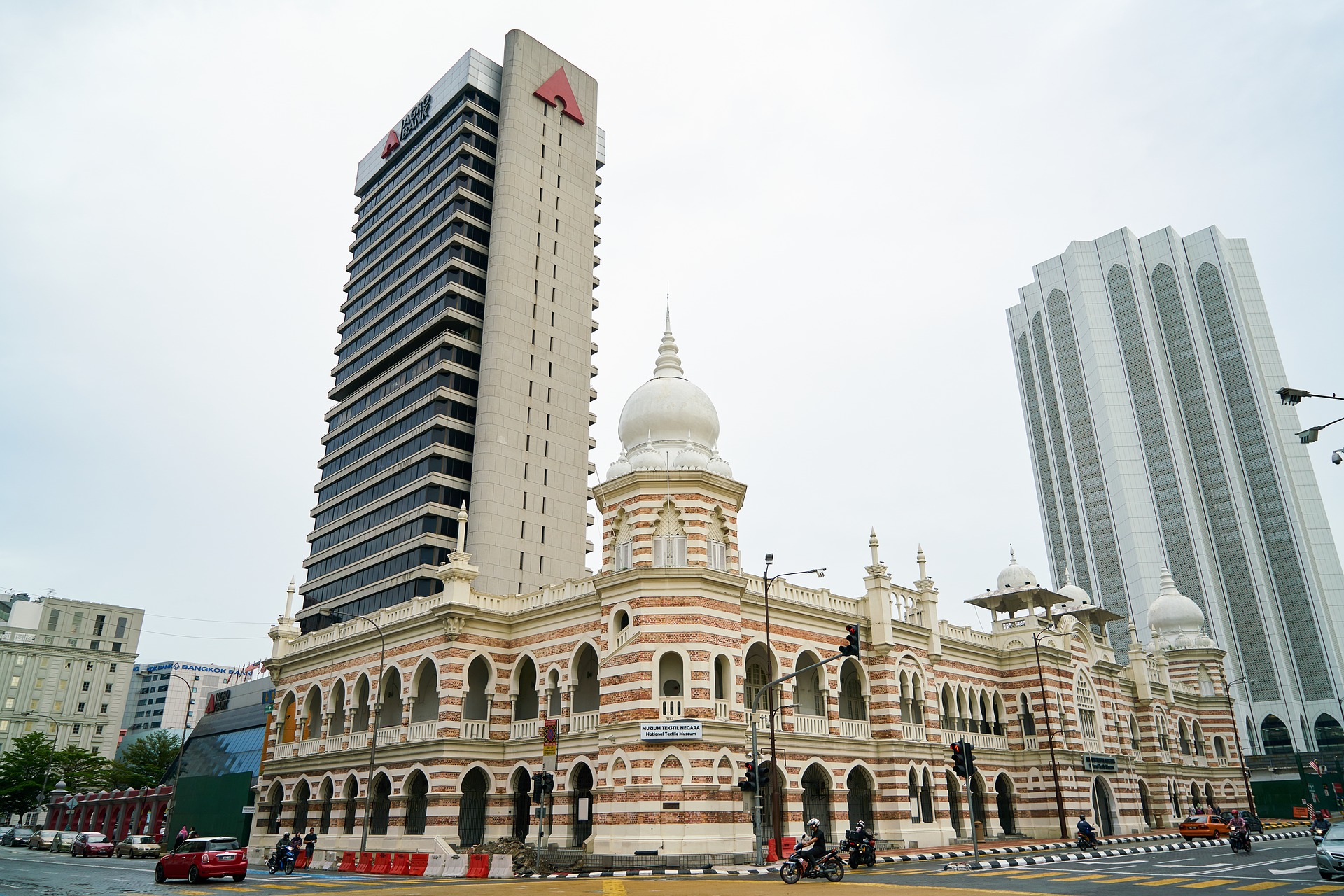
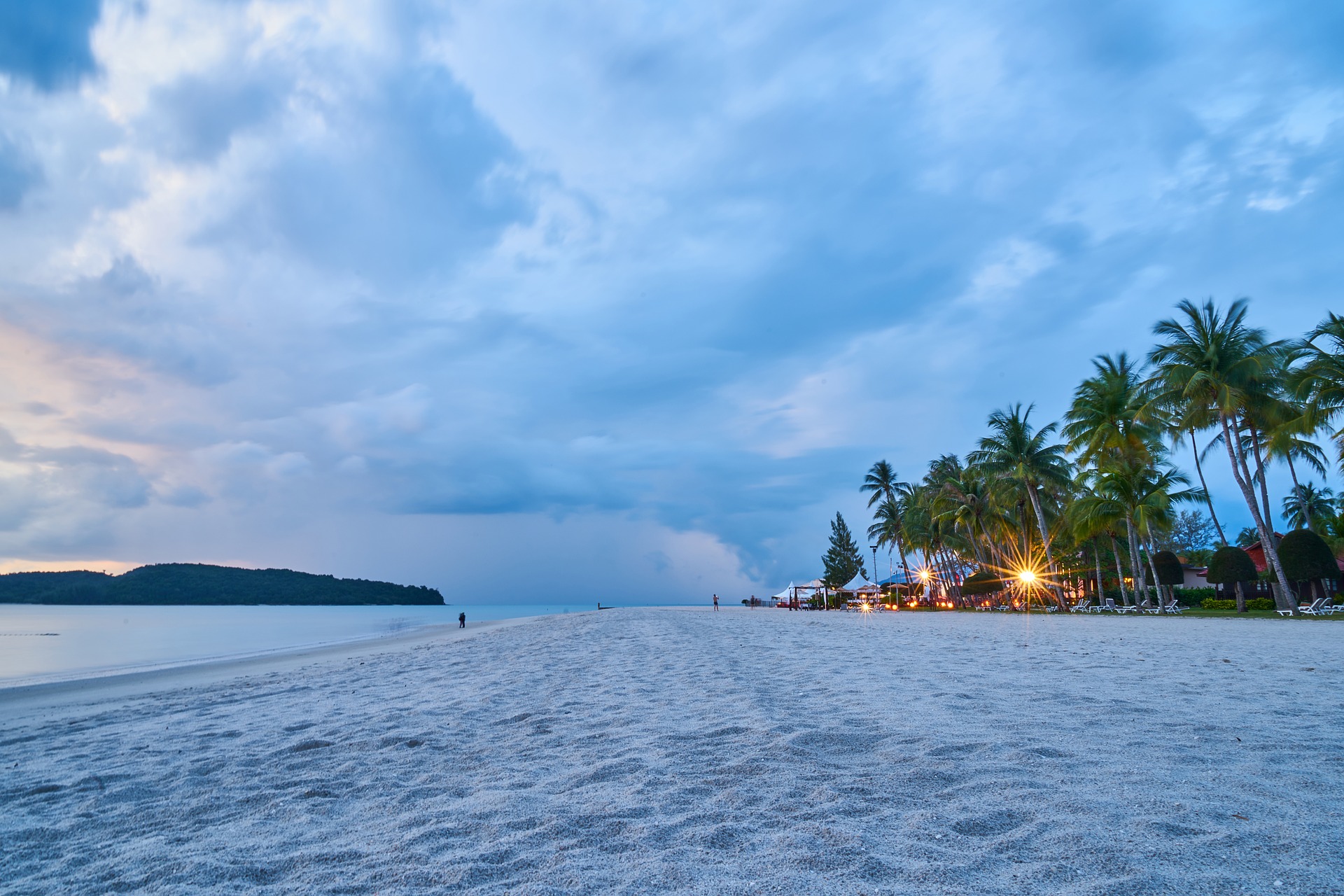


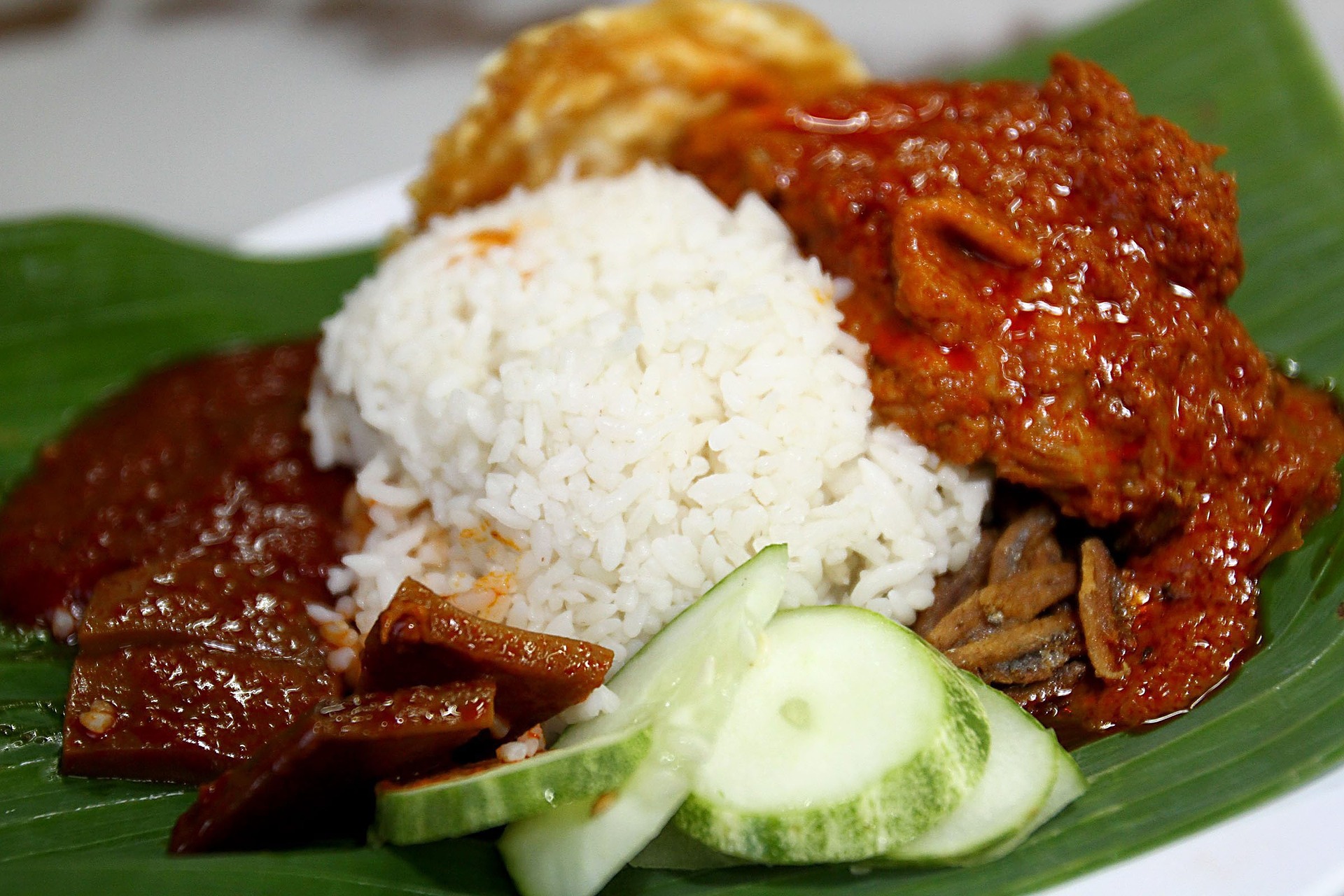
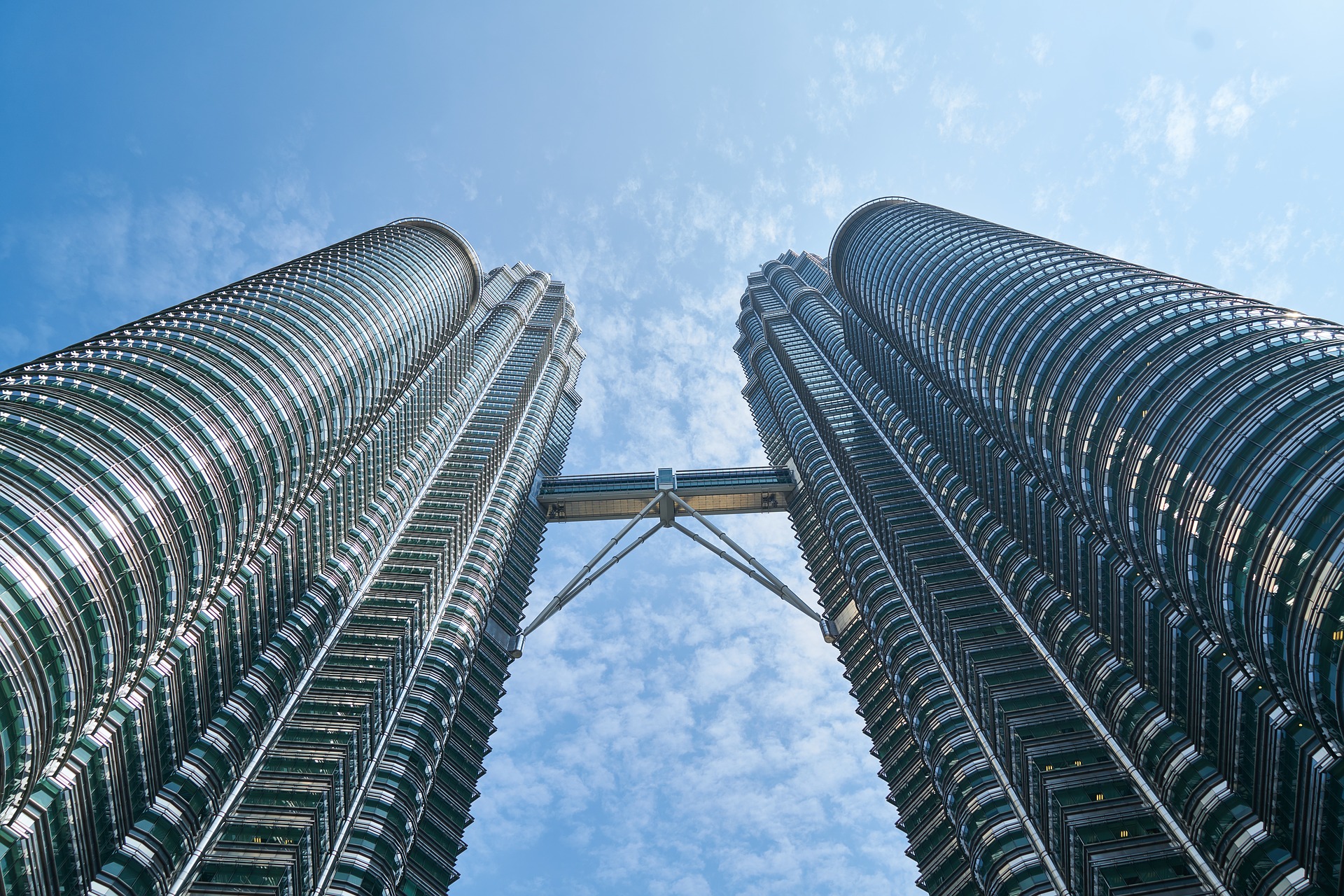
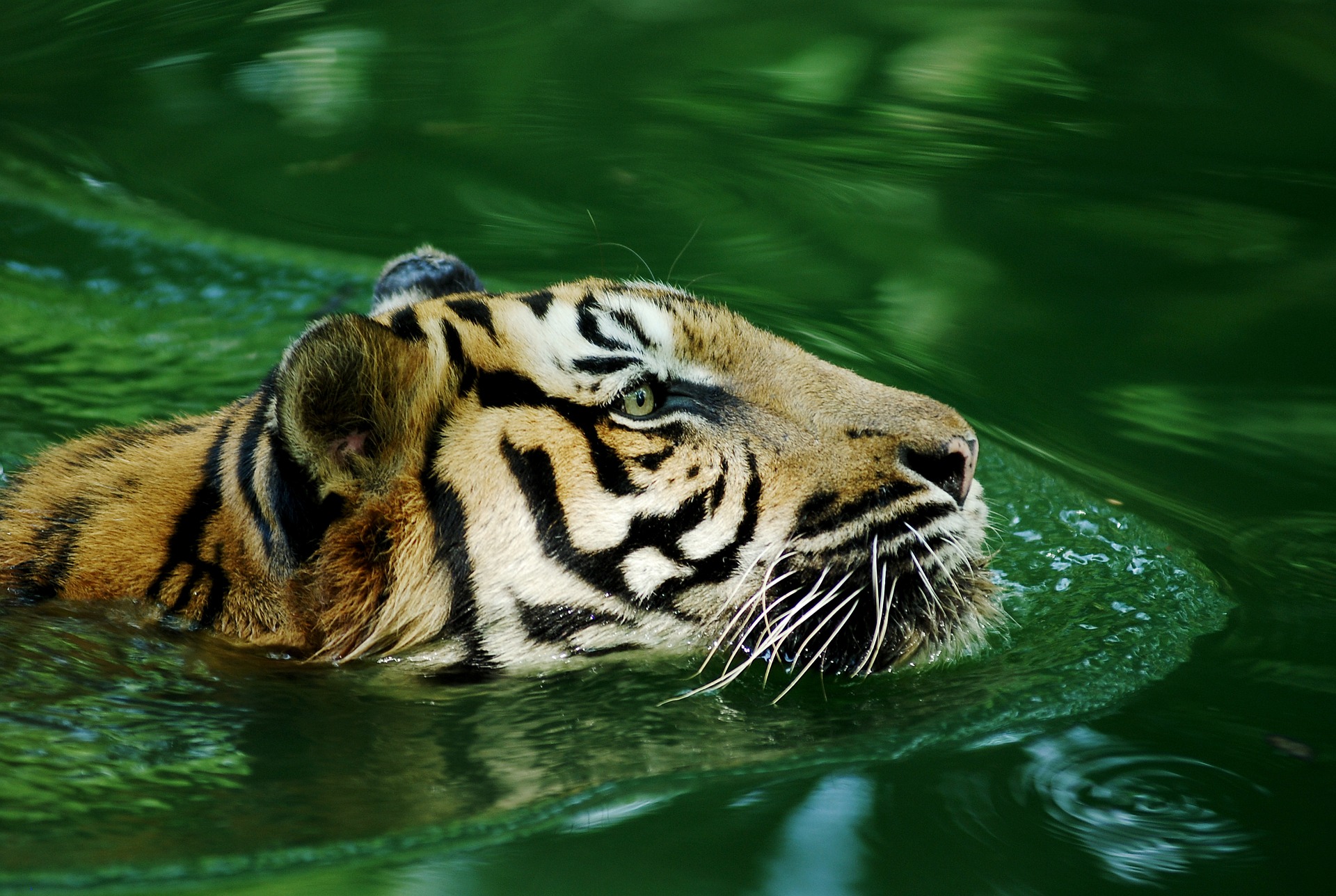



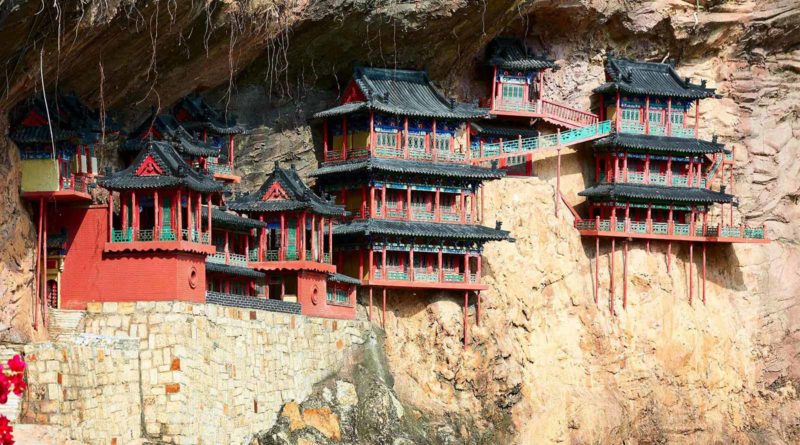






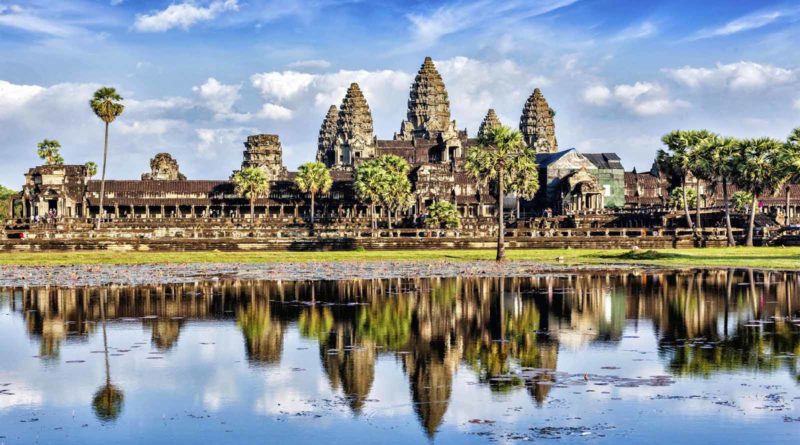



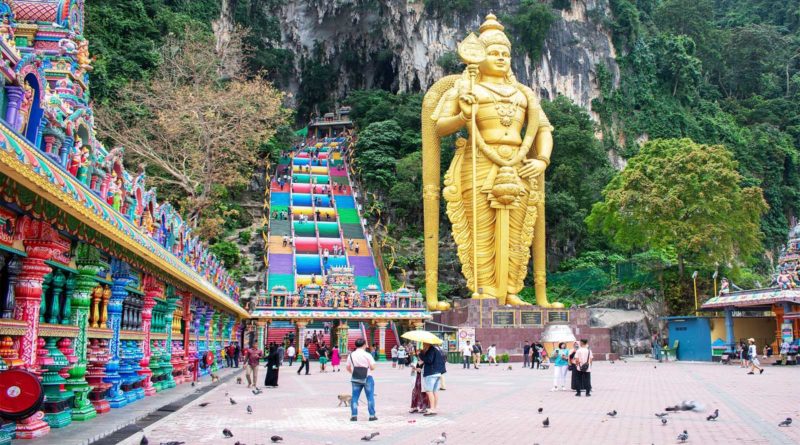
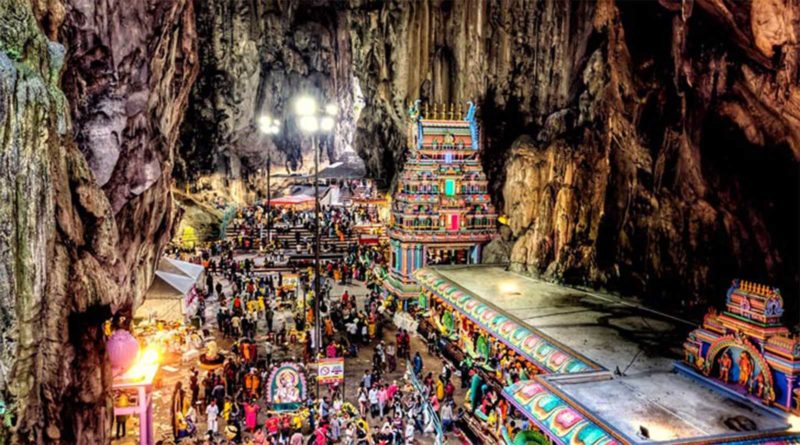 FOR ENGLISH VERSION CLICK ON NEXT PAGE >>Welcome back with the appointment of our TOP 10 column that every week proposes the curiosities, beauties, peculiarities, excellences of our wonderful world. In this episode, we had fun searching for the 10 most beautiful temples in the world, symbols of the link between man and the Absolute. Curious to know which are they?
FOR ENGLISH VERSION CLICK ON NEXT PAGE >>Welcome back with the appointment of our TOP 10 column that every week proposes the curiosities, beauties, peculiarities, excellences of our wonderful world. In this episode, we had fun searching for the 10 most beautiful temples in the world, symbols of the link between man and the Absolute. Curious to know which are they?






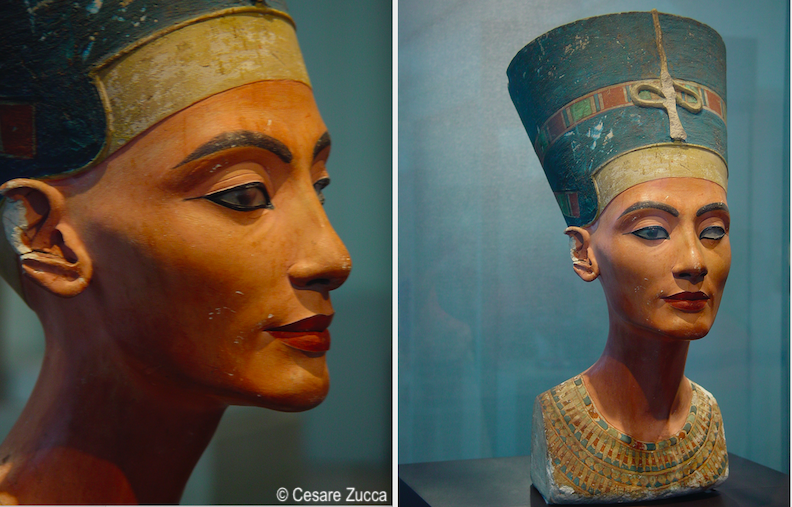
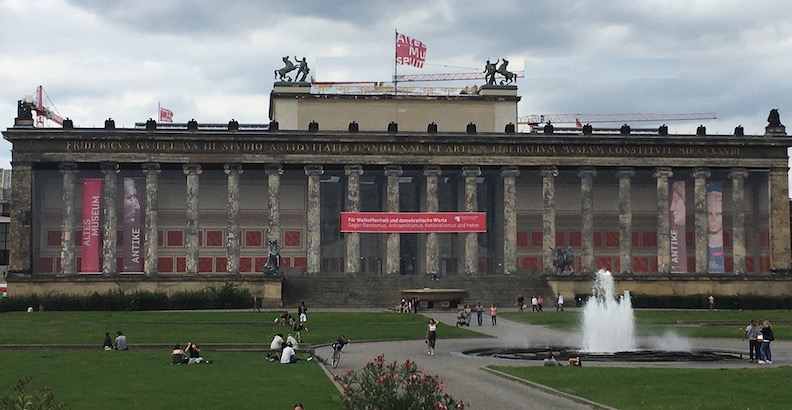 Proseguiamo la nostra camminata per ritrovarci davanti a una struttura che ricorda i templi greci: la
Proseguiamo la nostra camminata per ritrovarci davanti a una struttura che ricorda i templi greci: la 



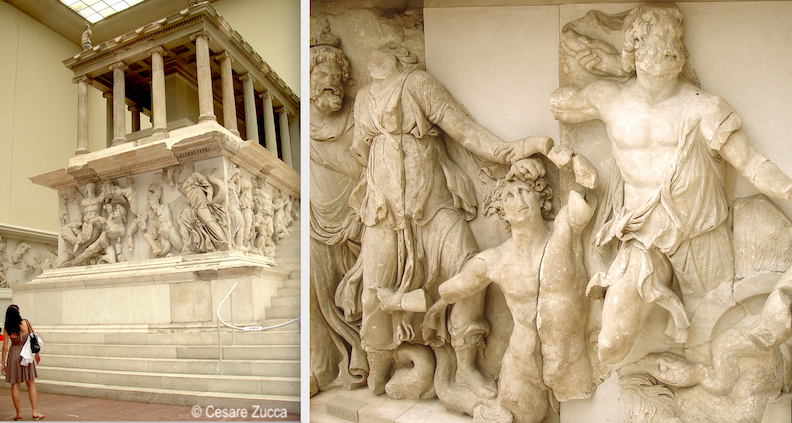

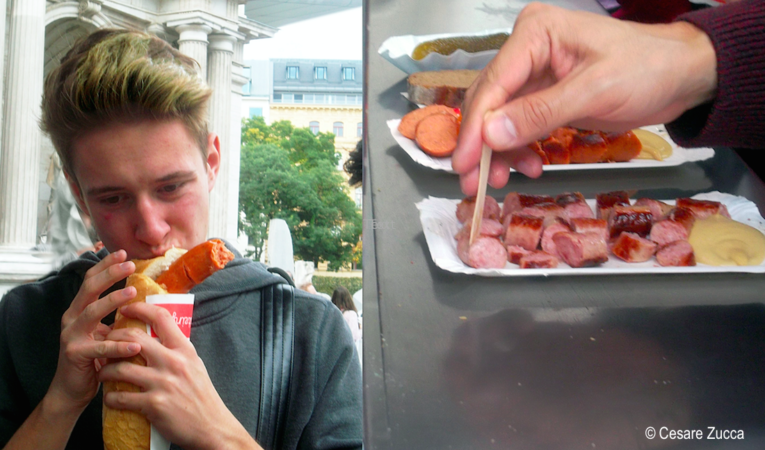 E’ nato nel dopoguerra, in un chiosco di Charlottenburg, grazie a una certa Herta Heuwer che si divertì a speziare una salsiccia grigliata con ketchup e curry, ignara che sarebbe diventato il piatto più popolare negli imbiss berlinesi e amato in tutta la Germania.
E’ nato nel dopoguerra, in un chiosco di Charlottenburg, grazie a una certa Herta Heuwer che si divertì a speziare una salsiccia grigliata con ketchup e curry, ignara che sarebbe diventato il piatto più popolare negli imbiss berlinesi e amato in tutta la Germania. A Berlino il currywurst è venduto in numerevoli bancarelle distribuite in tutta la città, da Wittys Organic Food a Schöneberg fino al popolare Konnopke’s Imbiss a Pankownei .A Berlino anche i mercati coperti sono diventati luoghi di street food, dove sono disponibili specialità appena preparate provenienti da tutto il mondo. Il più famoso è il Markthalle Neun, affollatissimo il giovedì sera per via dei diversi foodtruck.
A Berlino il currywurst è venduto in numerevoli bancarelle distribuite in tutta la città, da Wittys Organic Food a Schöneberg fino al popolare Konnopke’s Imbiss a Pankownei .A Berlino anche i mercati coperti sono diventati luoghi di street food, dove sono disponibili specialità appena preparate provenienti da tutto il mondo. Il più famoso è il Markthalle Neun, affollatissimo il giovedì sera per via dei diversi foodtruck. Dove mangiare i migliori currywurst?
Dove mangiare i migliori currywurst?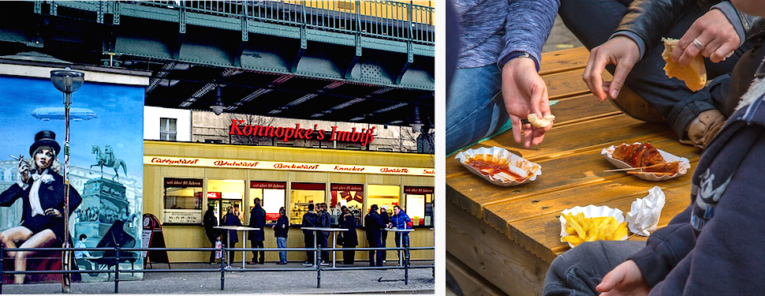



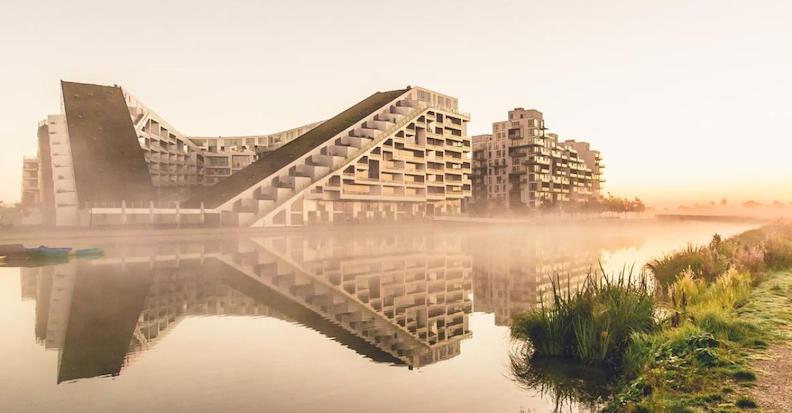 Per gli amanti dell’architettura verranno organizzate visite al Danish Architecture Center e tour guidati alle opere del celebre architetto Jørn Utzon, che ha creato l’Opera House di Sydney.
Per gli amanti dell’architettura verranno organizzate visite al Danish Architecture Center e tour guidati alle opere del celebre architetto Jørn Utzon, che ha creato l’Opera House di Sydney. Passato e futuro: la mostra Made in Denmark porta i visitatori alla scoperta della storia dell’architettura danese dall’epoca vichinga , mentre con un rocambolesco salto indietro nel passato, potreme scoprire i maestosi castelli, dove l’autenticità degli esterni e degli interni sono rimasti invariati nel tempo.
Passato e futuro: la mostra Made in Denmark porta i visitatori alla scoperta della storia dell’architettura danese dall’epoca vichinga , mentre con un rocambolesco salto indietro nel passato, potreme scoprire i maestosi castelli, dove l’autenticità degli esterni e degli interni sono rimasti invariati nel tempo. I CASTELLI DA VEDEREAmalienborgRacconta la storia di una delle monarchie più antiche del mondo. Il palazzo , in stile rocoò, risale al 1700 ed è costituito da quattro strutture, residenze reali per regnanti, eredi al trono e ospiti illustri. Si affaccia sulla grandiose piazza dove potrete assistere al quotidiano cambio delle guardie Den Kongelige Livgarde
I CASTELLI DA VEDEREAmalienborgRacconta la storia di una delle monarchie più antiche del mondo. Il palazzo , in stile rocoò, risale al 1700 ed è costituito da quattro strutture, residenze reali per regnanti, eredi al trono e ospiti illustri. Si affaccia sulla grandiose piazza dove potrete assistere al quotidiano cambio delle guardie Den Kongelige Livgarde FrederiksborgSplendido palazzo costruito nel 1600 su volere di Re Cristiano IV. SI trova sui tre isolotti dell’affascinante lago sulla parte nord della città, Hillerød. Ospita anche il Museo di Storia Nazionale Danese.
FrederiksborgSplendido palazzo costruito nel 1600 su volere di Re Cristiano IV. SI trova sui tre isolotti dell’affascinante lago sulla parte nord della città, Hillerød. Ospita anche il Museo di Storia Nazionale Danese.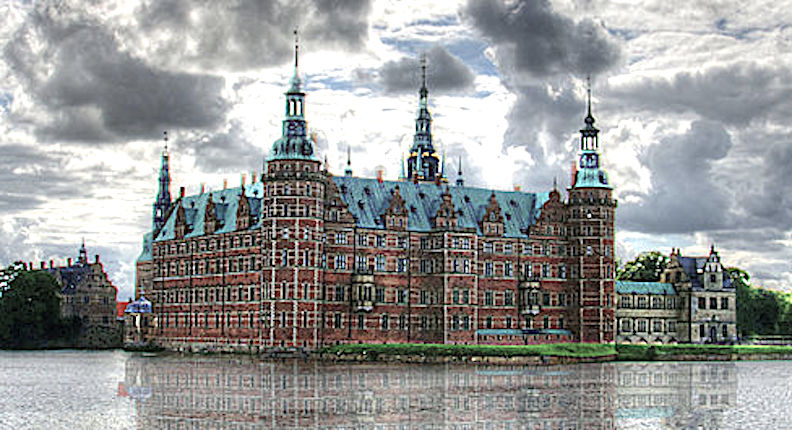 Rosemborg
Rosemborg FrederiksbergNato come residenza estiva per la famiglia Reale, oggi ospita l’Accademia per Ufficiale dell’Esercito Reale Danese. In sile barocco, impreziosito da giardini curati in ogni minimo dettaglio e da un piccolo gioiello nascosto: la suggestiva Cappella Reale
FrederiksbergNato come residenza estiva per la famiglia Reale, oggi ospita l’Accademia per Ufficiale dell’Esercito Reale Danese. In sile barocco, impreziosito da giardini curati in ogni minimo dettaglio e da un piccolo gioiello nascosto: la suggestiva Cappella Reale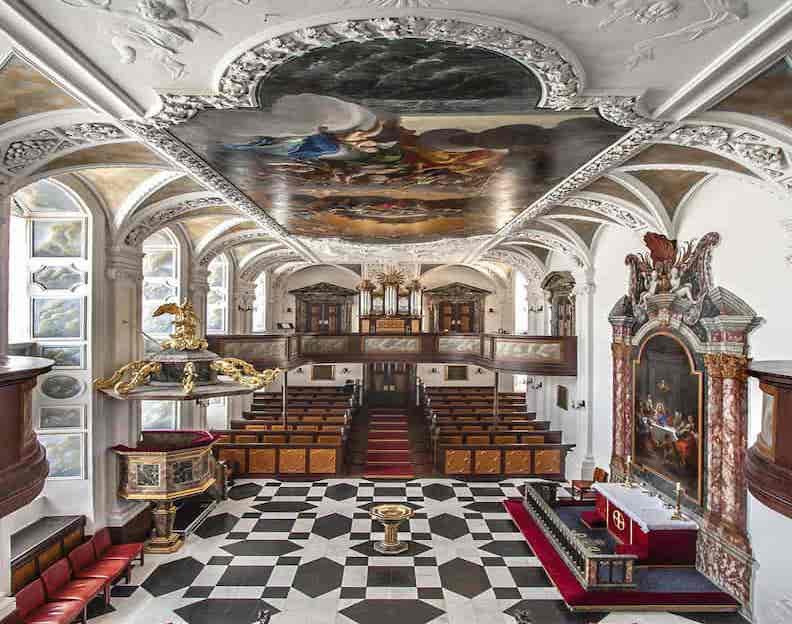
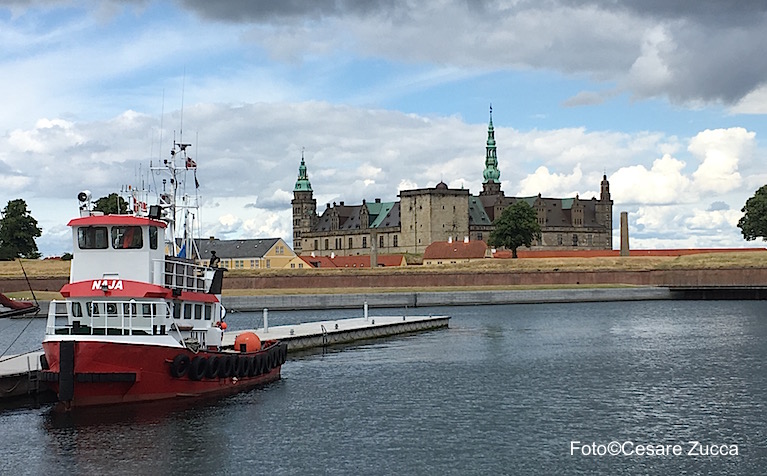 Ogni giorno, all’improvviso le pareti risuonano delle voci dei personaggi di Amleto, che appaiono, come fantasmi, perfettamente interpretati da bravissimi attori che danno vita alle tragiche vicende del dramma.
Ogni giorno, all’improvviso le pareti risuonano delle voci dei personaggi di Amleto, che appaiono, come fantasmi, perfettamente interpretati da bravissimi attori che danno vita alle tragiche vicende del dramma.
 ChristiansborgFamoso per la sua sala ricoperta da 17 arazzi giganti, che raccontano 1000 anni di storia danese e sede dei ricevimenti ufficiali alla presenza della Regina Margherita, tra un luccichio di uniformi e grandi abiti da serae un protocollo che chiede agli ospiti di arrivare in carrozza.
ChristiansborgFamoso per la sua sala ricoperta da 17 arazzi giganti, che raccontano 1000 anni di storia danese e sede dei ricevimenti ufficiali alla presenza della Regina Margherita, tra un luccichio di uniformi e grandi abiti da serae un protocollo che chiede agli ospiti di arrivare in carrozza.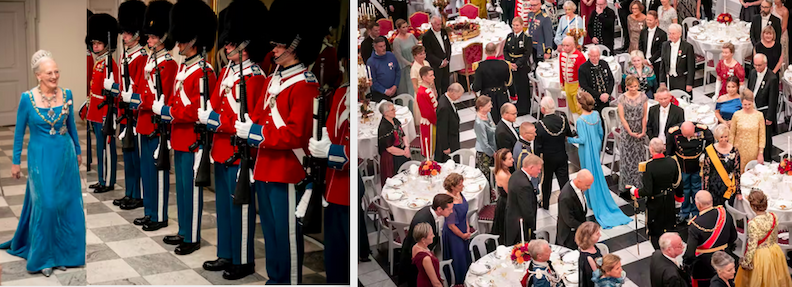 Sua Maestà la Regina Margrethe, attualmentete la regnante che vanta più anni di regno, è molto amata dal popolo danese. Gli spendidi arazzi sono un regalo dell’industria danese per il suo compleanno nel 1990. Raccontano la storia della Danimarca e del mondo, tra cui l’era vichinga, il medioevo, la monarchia assoluta, la riforma, la seconda guerra mondiale, il presente e persino il futuro.
Sua Maestà la Regina Margrethe, attualmentete la regnante che vanta più anni di regno, è molto amata dal popolo danese. Gli spendidi arazzi sono un regalo dell’industria danese per il suo compleanno nel 1990. Raccontano la storia della Danimarca e del mondo, tra cui l’era vichinga, il medioevo, la monarchia assoluta, la riforma, la seconda guerra mondiale, il presente e persino il futuro.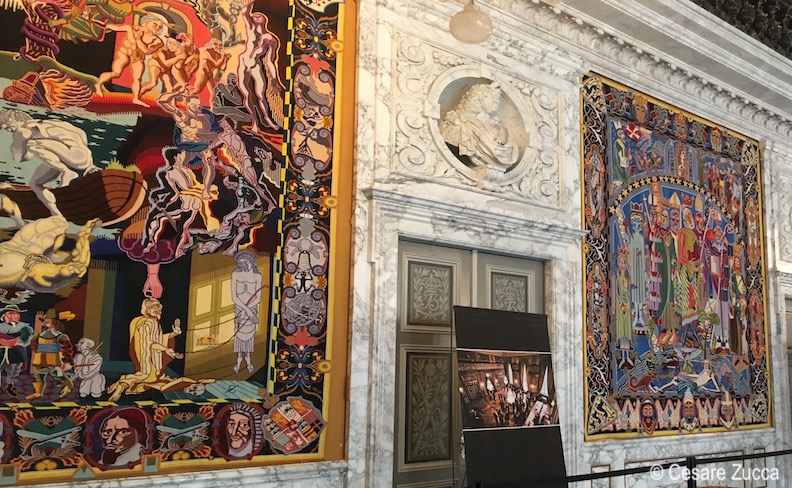 Da buongustaio non ho resistito alla tentazione di scendere nelle mitiche Cucine Reali per scoprire i retroscena di un banchetto ufficiale, curiosare tra le ricette della Regina e ammirare una delle collezioni di stoviglie in rame più grandi d’Europa
Da buongustaio non ho resistito alla tentazione di scendere nelle mitiche Cucine Reali per scoprire i retroscena di un banchetto ufficiale, curiosare tra le ricette della Regina e ammirare una delle collezioni di stoviglie in rame più grandi d’Europa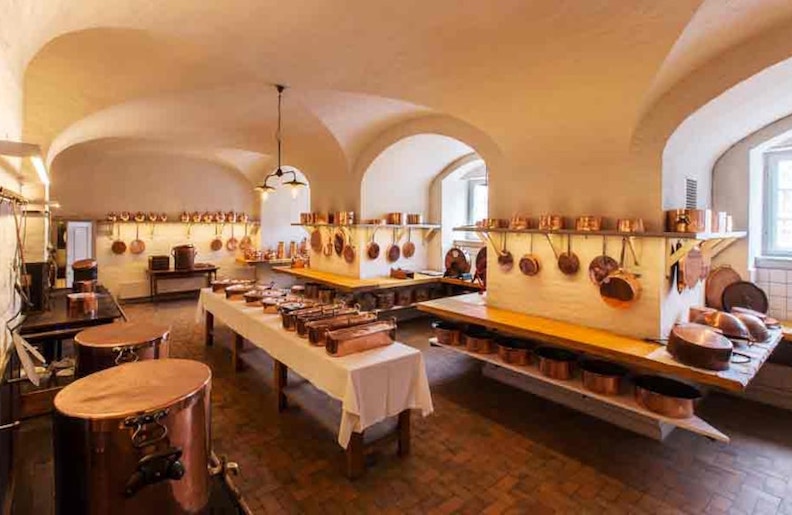 Dopo tanto lusso e abbondanza” culinaria” impossibile non avere un certo lalnguorino e alora, alla caccia del piatto che i danesi amano alla follia… tutti a tavola con le “smørrebrød”Sia nei baracchini street food che nelle trattorie più informali o nei ristoranti gourmet, troverete “Sol over Gudhjem” il piatto tipico della cucina danese.
Dopo tanto lusso e abbondanza” culinaria” impossibile non avere un certo lalnguorino e alora, alla caccia del piatto che i danesi amano alla follia… tutti a tavola con le “smørrebrød”Sia nei baracchini street food che nelle trattorie più informali o nei ristoranti gourmet, troverete “Sol over Gudhjem” il piatto tipico della cucina danese. Deriva da un pittoresco borgo di pescatori sull’isola di Bornholmm ed è fatto di tartine smørrebrød, cioè fette di pane di segale imburrate e tradizionalmente ricoperte da svariati tipi di toppiing: anguilla, aringa, salmone, gamberetti e altri pesci affumicati oltre a versioni con carne o vegetariane a base di uova accompagnate da ravanelli, cipolla rossa. l’aneto, l’erba cipollina e barbabietole.Non mancano svariate versioni “gourmet” con prosciutto crudo,pomodori secchi e avocado oppure con uova al tegamino e bacon o con gamberetti, salmone e avocado
Deriva da un pittoresco borgo di pescatori sull’isola di Bornholmm ed è fatto di tartine smørrebrød, cioè fette di pane di segale imburrate e tradizionalmente ricoperte da svariati tipi di toppiing: anguilla, aringa, salmone, gamberetti e altri pesci affumicati oltre a versioni con carne o vegetariane a base di uova accompagnate da ravanelli, cipolla rossa. l’aneto, l’erba cipollina e barbabietole.Non mancano svariate versioni “gourmet” con prosciutto crudo,pomodori secchi e avocado oppure con uova al tegamino e bacon o con gamberetti, salmone e avocado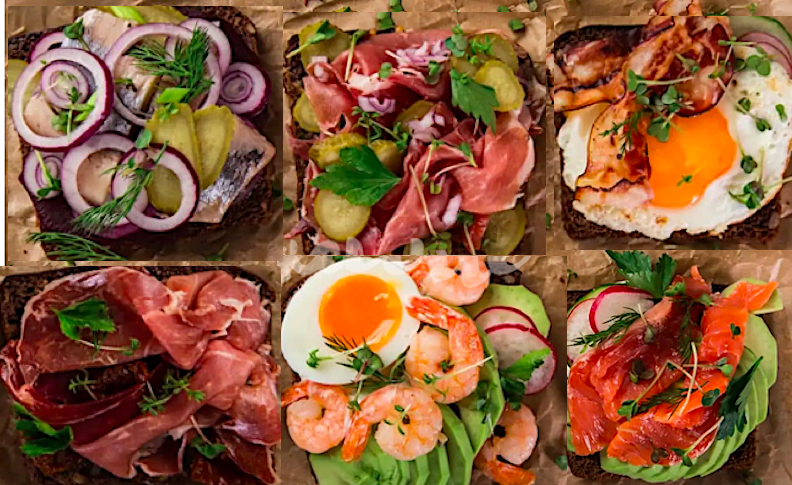 Dove mangiare il migliore smørrebrød
Dove mangiare il migliore smørrebrød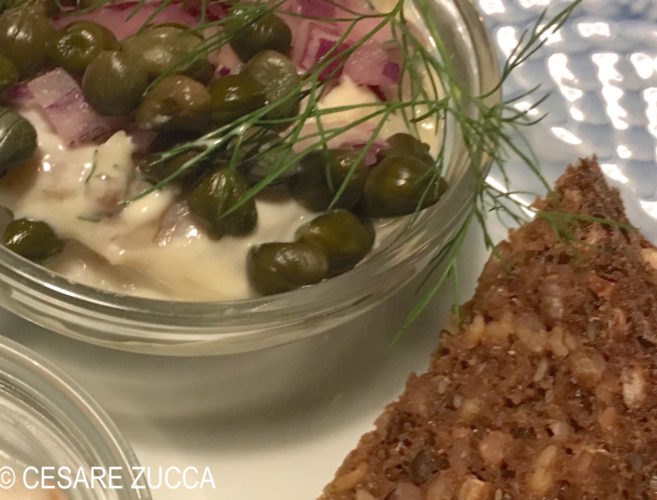
 Dopo un’intensa giornata… rilassatevi in una spa galleggianteCopenhot offre un momento indimenticabile di relax eccezionale. Questo concetto di New Nordic Wellness propone delle installazioni spa all’aperto in un contesto urbano, con acqua di mare pulita e del calore creato dalla legna da ardere. Navigare o risalassarsi con amici in una jacuzzi galleggiante all’aria aperta… la scelta è ampia: bagni caldi all’aperto e saune panoramiche che offrono una meravigliosa vista sul porto e sull’orizzonte
Dopo un’intensa giornata… rilassatevi in una spa galleggianteCopenhot offre un momento indimenticabile di relax eccezionale. Questo concetto di New Nordic Wellness propone delle installazioni spa all’aperto in un contesto urbano, con acqua di mare pulita e del calore creato dalla legna da ardere. Navigare o risalassarsi con amici in una jacuzzi galleggiante all’aria aperta… la scelta è ampia: bagni caldi all’aperto e saune panoramiche che offrono una meravigliosa vista sul porto e sull’orizzonte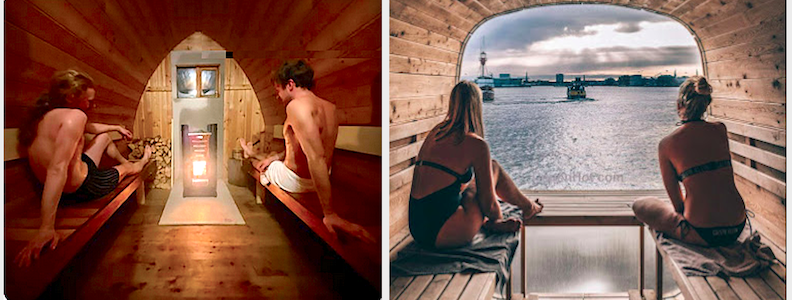 Gente sempre sorridente, educata e serena. Sembra che qui tutti scoprano il segreto della felicità “hygge”, intraducibile parola danese che invita a godersi i piaceri semplici della vita e vivere, da soli o con gli amici, a casa o fuori, momenti speciali e felici.
Gente sempre sorridente, educata e serena. Sembra che qui tutti scoprano il segreto della felicità “hygge”, intraducibile parola danese che invita a godersi i piaceri semplici della vita e vivere, da soli o con gli amici, a casa o fuori, momenti speciali e felici. Una dritta: la Copenhagen CardUtile e preziosa, una vera amica! Sto parlando della Copenhagen Card, un pass che permette di visitare ben 86 musei e attrazioni, utilizzare gratuitamente tutti i mezzi pubblici e beneficiare di sconti su tour, bar e ristoranti. L’ho usata anche per un suggestivo tour dei canali che passa sotti i ponti della città, alcuni bassissimi, occhio alle zuccate…
Una dritta: la Copenhagen CardUtile e preziosa, una vera amica! Sto parlando della Copenhagen Card, un pass che permette di visitare ben 86 musei e attrazioni, utilizzare gratuitamente tutti i mezzi pubblici e beneficiare di sconti su tour, bar e ristoranti. L’ho usata anche per un suggestivo tour dei canali che passa sotti i ponti della città, alcuni bassissimi, occhio alle zuccate… INFO
INFO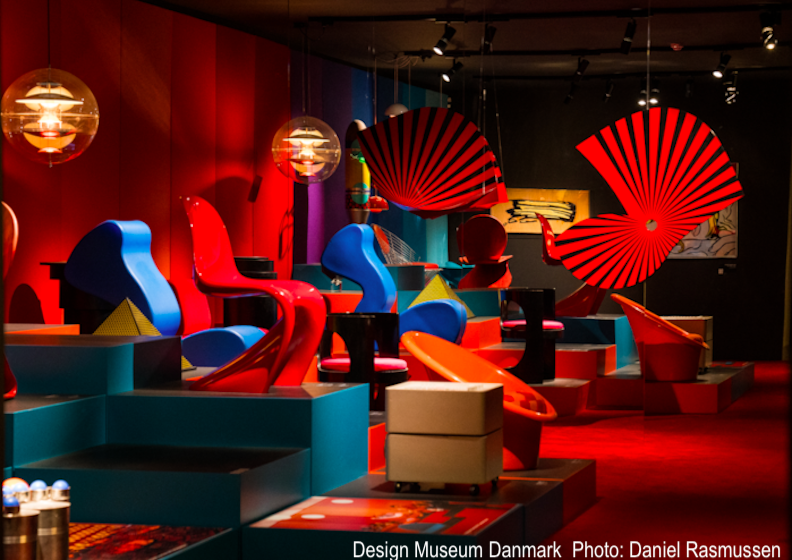 THE CASTLES TO SEEAmalienborgIt tells the story of one of the oldest monarchies in the world. The palace, in rocoò style, dates back to the 1700s and consists of four structures, royal residences for rulers, heirs to the throne and illustrious guests. It overlooks the grand square where you can watch the daily changing of the Den Kongelige Livgarde Frederiksborg guardsSplendid palace built in 1600 at the behest of King Christian IV. It is located on the three islets of the charming lake on the north side of the city, Hillerød. It also houses the Danish National History Museum.
THE CASTLES TO SEEAmalienborgIt tells the story of one of the oldest monarchies in the world. The palace, in rocoò style, dates back to the 1700s and consists of four structures, royal residences for rulers, heirs to the throne and illustrious guests. It overlooks the grand square where you can watch the daily changing of the Den Kongelige Livgarde Frederiksborg guardsSplendid palace built in 1600 at the behest of King Christian IV. It is located on the three islets of the charming lake on the north side of the city, Hillerød. It also houses the Danish National History Museum.